3135 0 comments

As anyone who has ever tried it knows, felting can be a bit of a trial-and-error process.
There are so many different types of wool and other fibers out there, and it can be hard to know which one will work best for your project.
In this post, we'll take a look at some of the most popular types of wool for felting, and what effects they can create.
One of the most important things to consider when felting is the size of the individual fibers.
- Fine fibers will create a smooth, even fabric,
- while coarser fibers will create a more textured fabric.
The type of fiber you use will also affect the amount of shrinkage you'll see in your finished project.
- Short fibers will result in a more felted and compact fabric,
- while long fibers will create a lighter and more open fabric.
Another factor to consider is the amount of curl in the fibers.
- Curly fibers felted together will create a fabric with more loft,
- while straight fibers will create a denser, more compact fabric.
The color of the fibers will also affect the final product:
- Darker colors will create deeper, richer hues,
- while lighter colors will produce more subtle hues.
Finally, the technique to be used and the purpose of the piece, will dictate the major requirements in choosing the best wool for felting:
- The best wool fibers for Needle Felting are fine and medium wools, as they are soft and at the same time have structure, necessary consistency and medium fiber. The Lã Mágica ® is a European Merino Wool - 22/24-27 microns and meets all these criteria making it the best choice for Needle Felting.
- The best wool fibers for Wet Felting can be medium, fine and superfine depending on the purpose of the work and your need for strength. Are indicated the European Merino Wool - 22/24-27 microns (works that need strength and resistance) and the Australian Merino Wool - 19 microns (garments that stay in direct contact with the skin) for Felting with Soap and Water.
- The best wool fibers for Nuno Felting are superfine wools, as they have a high degree of shrinkage and short fiber. The Australian Merino Wool - 19 microns is one of the silkiest, meets all these criteria and is therefore an excellent choice for Nuno Felting and for delicate work that is in direct contact with the skin.
So, which type of wool should you use for your next felting project?
It really depends on the effect you're going for. Experimenting with different types of wool is half the fun of felting, so don't be afraid to try something new!

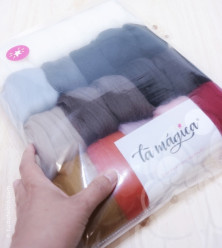

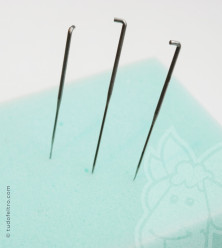
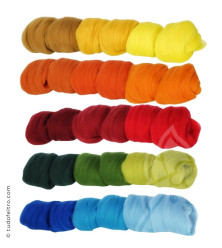
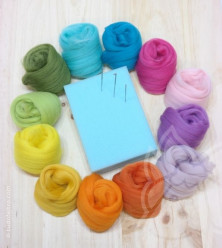
-100x100.png)

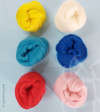
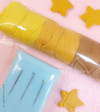
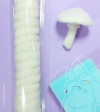

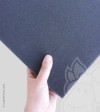
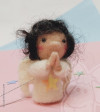
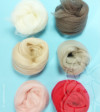
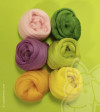
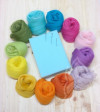
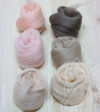
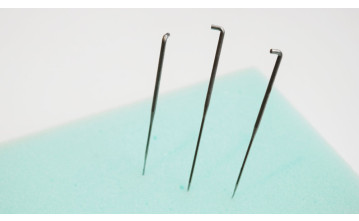
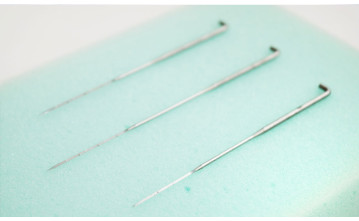
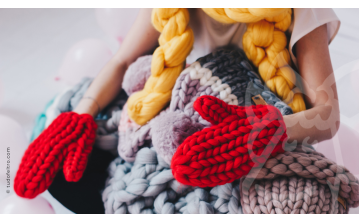
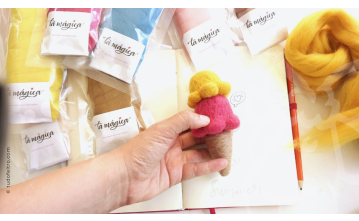
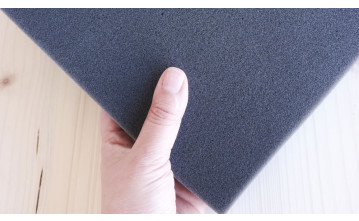
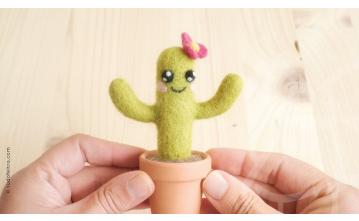
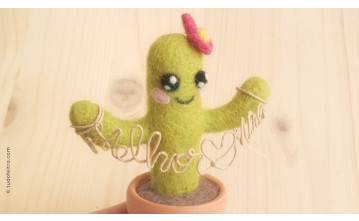
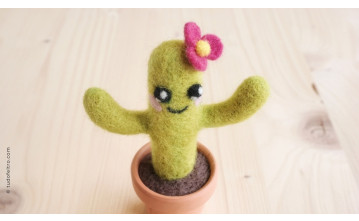
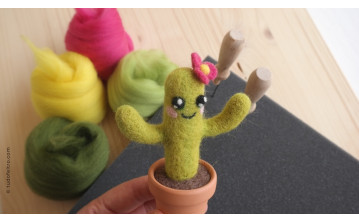
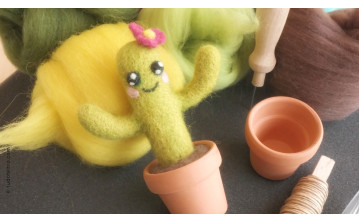
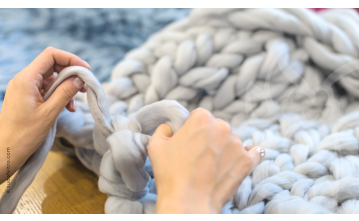
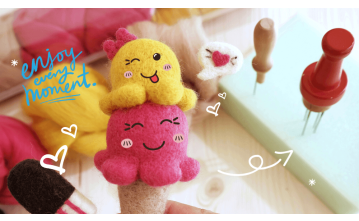
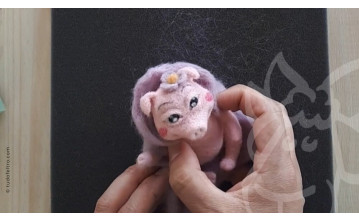
Write a comment